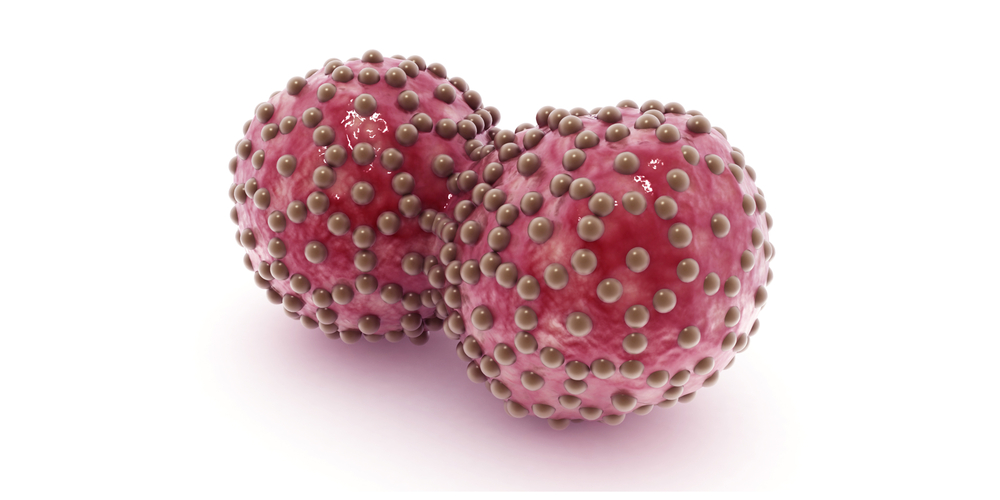A diverse team of disease and research experts is developing a mathematical model that can predict and demonstrate autophagy in lung cancer, which can potentially be used in discovering and advancing new anti-cancer treatments. The team is headed by Jeffrey MacKeigan, Ph.D., an associate professor at Van Andel Research Institute (VARI), together with William Hlavacek, Ph.D., of Los Alamos National Laboratory.
“Cancer biology is extremely complicated. To see the whole picture, we need to collaborate with experts in other fields,” MacKeigan said. “Expanding our existing model will give us an important tool for better understanding and better combating one of the most common and deadliest forms of lung cancer.”
Autophagy is a natural and essential process of many of the body’s living cells, which can be termed loosely as “self-eating.” When autophagy occurs, the cell absorbs damaged components of healthy cells, playing a role in cell death. Abnormal cells, such as in cancer, do not exhibit healthy autophagy and instead take advantage of cellular waste to drive tumor cell growth. This destructive mechanism has been one of the targets of cancer treatment research.
The National Institute of Health’s National Cancer Institute (NCI) has awarded the multidisciplinary team a generous R01 grant worth $2.6 million, based on a previously conceptualized mathematical model. The new collaborative project will now be able to work on improving and polishing the previous model, which boasts the ability to produce precise measurements of cell autophagy and translate these into complex algorithms to facilitate further study.
MacKeigan’s team in Grand Rapids will be spearheading the experimental research aspect of the project and will be in close coordination with Hlavacek’s in New Mexico with their findings, allowing the latter research team to integrate the results with model-guided computational analyses. Hlavacek’s laboratory in Los Alamos will be giving MacKeigan’s team access to more than 10 years of expertise in designing theoretical frameworks and software in modeling cancer pathways.
“Within this new project, we are hopeful that we’ll be able to apply these tools to accurately predict how the immediate effects of a molecularly targeted drug, or a combination of drugs, propagate through cellular regulatory networks to influence a quantitative cellular phenotype, namely the rate of recycling of cytoplasmic constituents through the autophagy pathway,” Hlavacek said. “Finding perturbations that drive the rate of recycling either up or down could help us figure out how to selectively kill cancer cells.”
Upon completion of the mathematical model, the Los Alamos-based team will be able to study a large volume of promising treatments by simulating cell autophagy, before proceeding with experimental studies. While this project was originally launched with lung cancer in mind, the team will ensure it can also benefit autophagy studies in other types of cancer.
“Our original model has been extremely useful in studying autophagy in cancer, and I am thrilled that we will be able to augment it further,” said Katie Martin, Ph.D., who coordinates the project in MacKeigan’s lab. “We are hopeful that our findings will guide new therapeutic approaches to treat patients who currently have few options.”

